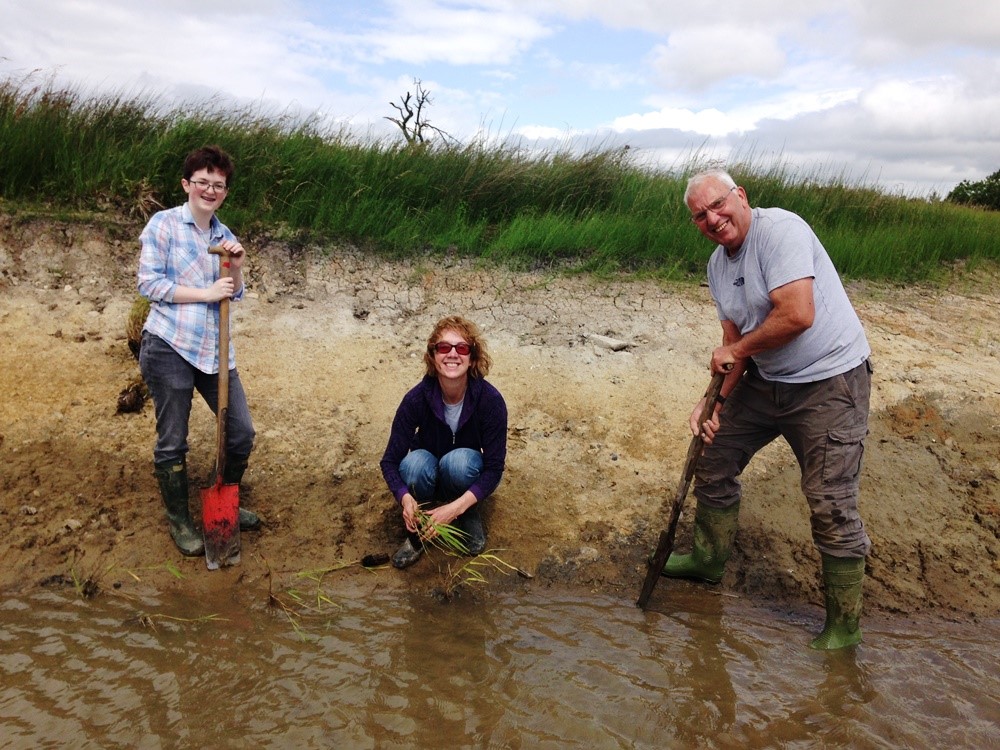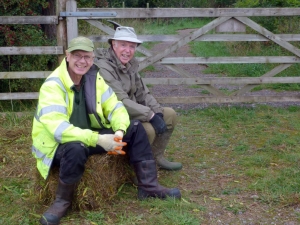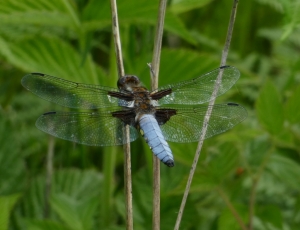Pinks
Sunday, July 12th 2015
At this time of year flowers are coming into bloom almost daily. Colours range from yellows to reds, whites to blues and many shades of pink.
A flower that is spreading its range is Ragged Robin, and it can be found through the Scrapes and on the moorland. The Green Veined White butterfly can pollinate these flowers.
Betony enjoys the open sunny aspect of the heath and orchard and dark pink patches can be seen.
On habitat walks with school children we allow them to smell a leaf of Hedge Woundwort. They are surprised that it smells so awful! This plant has been used throughout history to treat wounds and stem bleeding. As is often the case with 'old wives tales' there is some truth in this fact, as experiments have revealed that the volatile oil in Hedge Woundwort does have antiseptic qualities. Toads apparently enjoy sheltering under the leaves!
It is a fervent wish that the orchids at Foxglove should grow with a bar code that gives details of their parentage and their exact species! Common Spotted Orchids are pink, well light pink through to dark pink, depending upon their parents! This one may have a Northern Marsh Orchid somewhere in its ancestory.
Whilst this one looks like a Common Spotted Orchid, the petals of the flowers are very small.
Away from pink a female Horntail (Wood Wasp) was caught in the mist nets during ringing. The long 'tail' is an ovipositor. She will use this to lay her eggs in rotten wood of Scots Pine, Silver Birch, Larch and Spruce. It can take the larvae up to three years before hatching as an adult.
Amongst other news CES 7 saw 64 new birds ringed including Willow Warblers and Chiffchaffs. Twelve Robins were also ringed.
The bees formed a small swarm, called a cast. Our bee keepers came to inspect it and found that there was a queen with the bees and so took it away. We think that there are still unopened viable queen cells in the hive.
Damselflies are showing their brilliant blue as they fly amongst the vegetation hunting. Broad Bodied Chasers have been seen and on a secluded pond an Emperor Dragonfly was hunting. Butterflies are out in numbers and Ringlet, Common Blue, Speckled Wood, Dark Green Fritillary, Red Admiral and skippers have all been seen.
(0) Comments:
There are no comments for this blog post yet. Why not start the discussion? - use the form below:




.JPG)





